ASTR364: Homework 1 - Astrophysics Problems and Solutions
VerifiedAdded on 2023/04/25
|7
|859
|252
Homework Assignment
AI Summary
This document provides a detailed solution to ASTR364 Homework 1, covering a range of astrophysics problems. The solution begins with calculations related to the solid angle subtended by the Moon at different distances, including the concept of a supermoon. It then delves into calculations of the surface temperature of a spherical star based on flux and wavelength, utilizing Planck's law. The assignment also addresses angular resolution, calculating the best angular resolution for a pupil diameter and comparing it to the Hubble Space Telescope and VLBI. Furthermore, the solution includes an analysis of orbital velocities and masses of binary stars, using Kepler's third law. Finally, it addresses the determination of the radii of stars in an eclipsing binary system based on relative velocities and eclipse durations. The solutions are presented with clear steps, formulas, and explanations.
1 out of 7

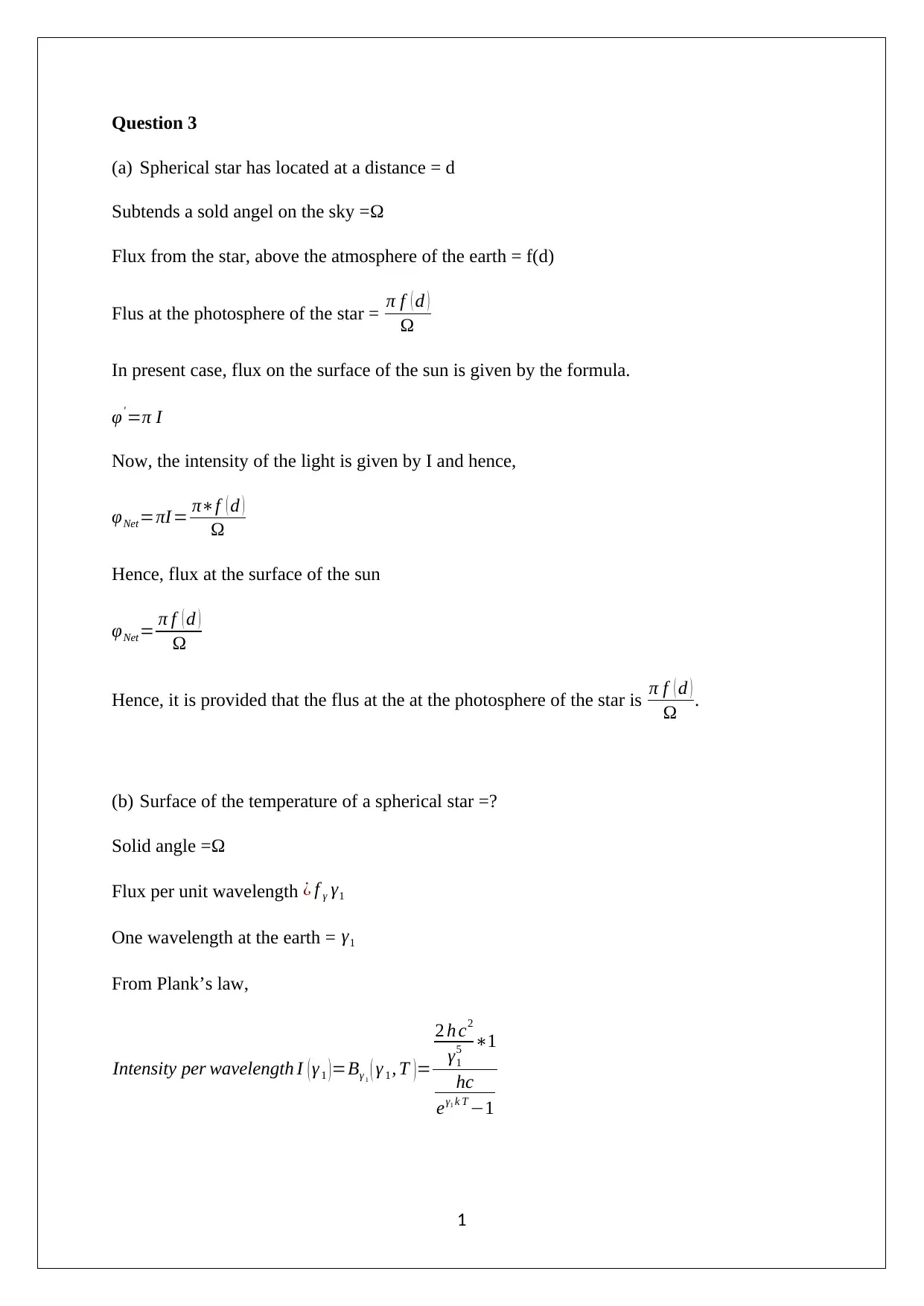
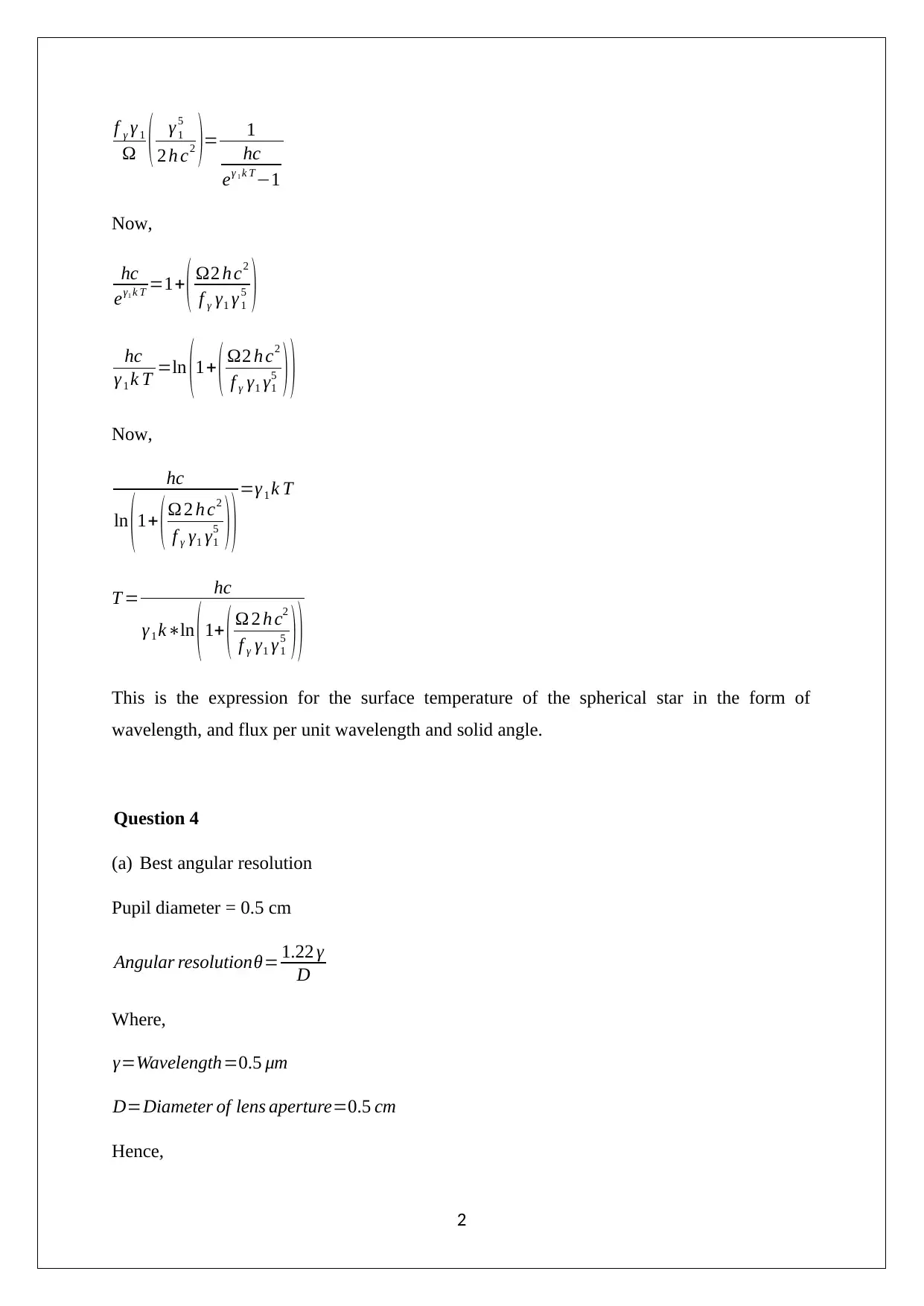

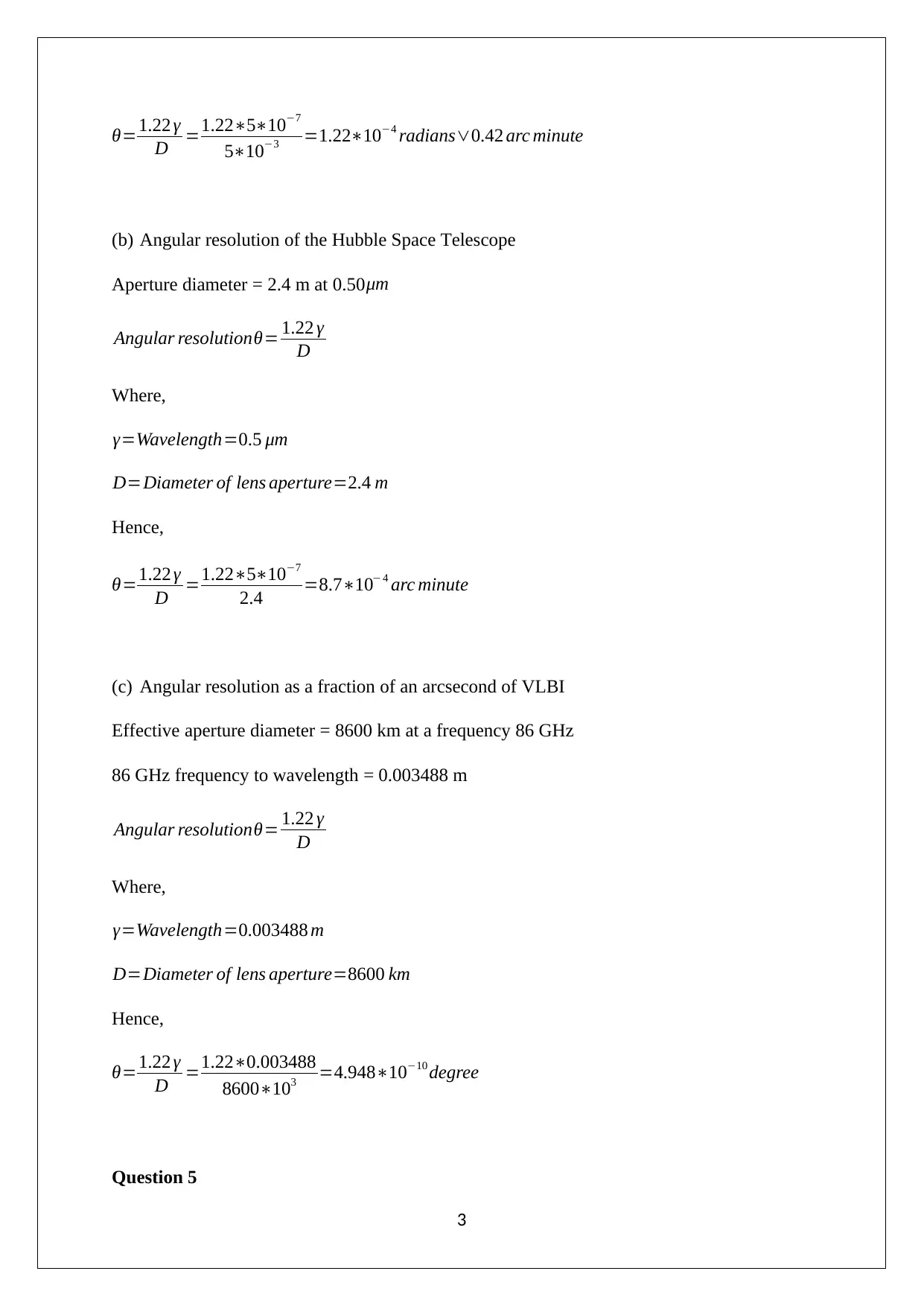
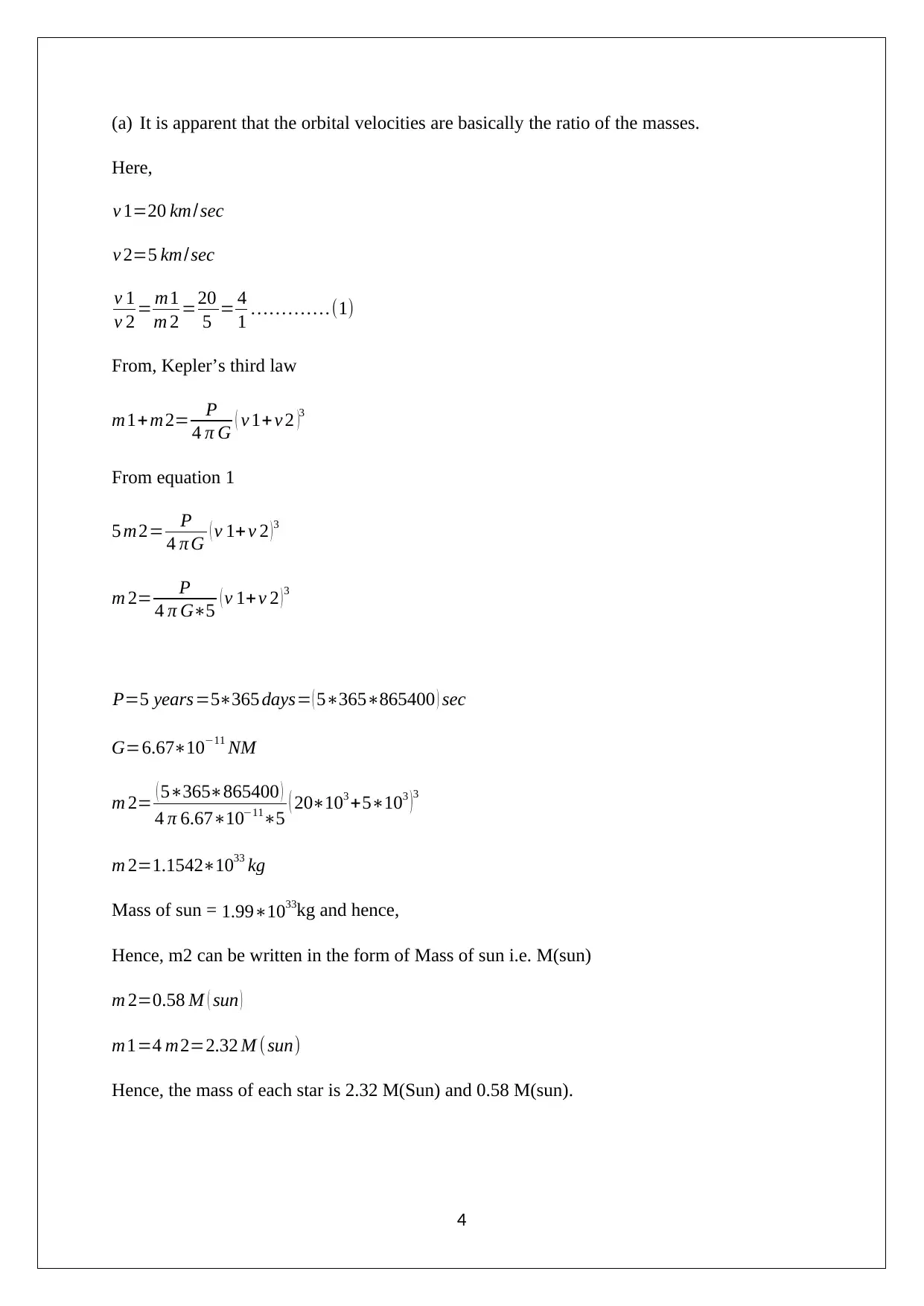
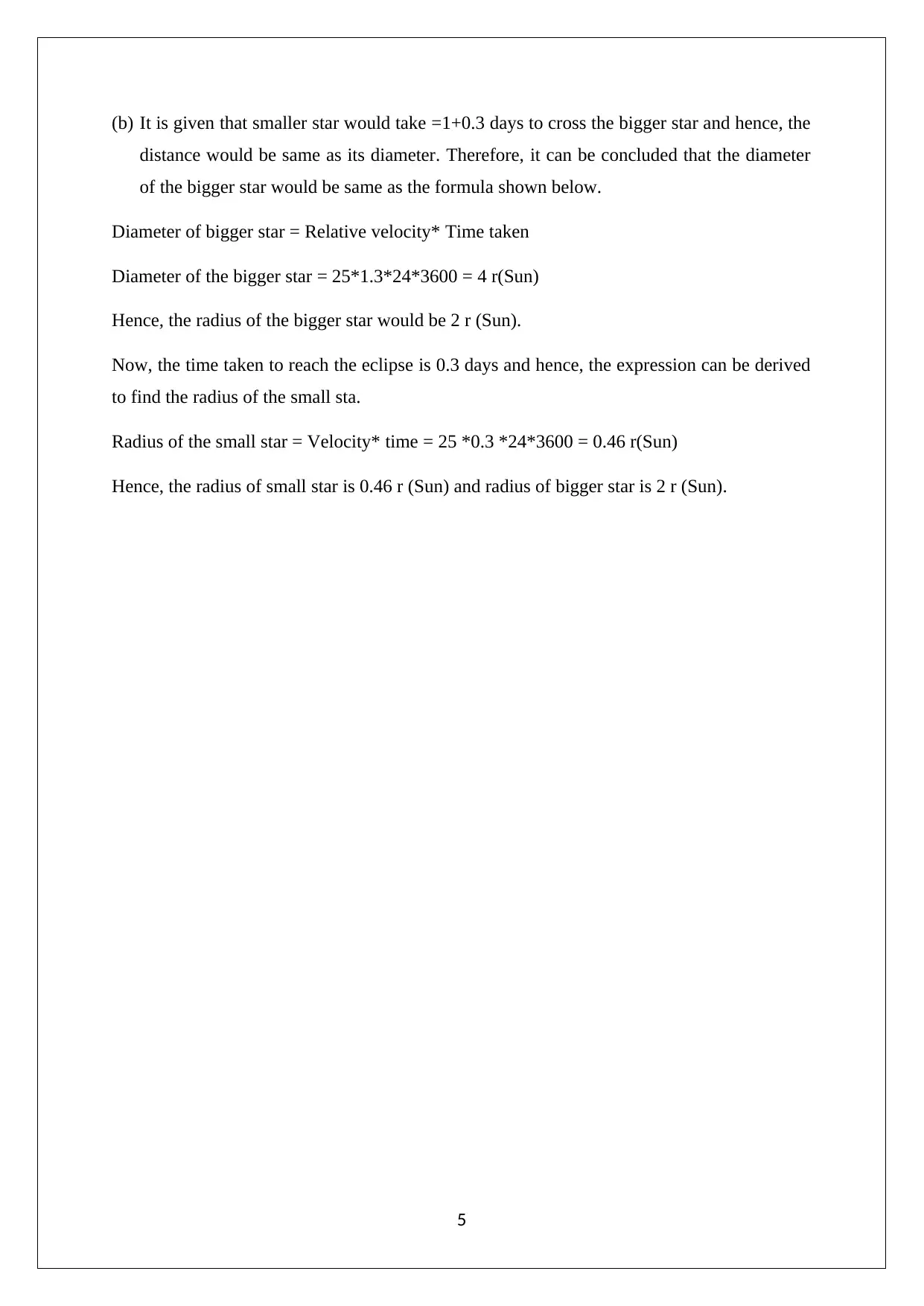

![[object Object]](/_next/static/media/star-bottom.7253800d.svg)